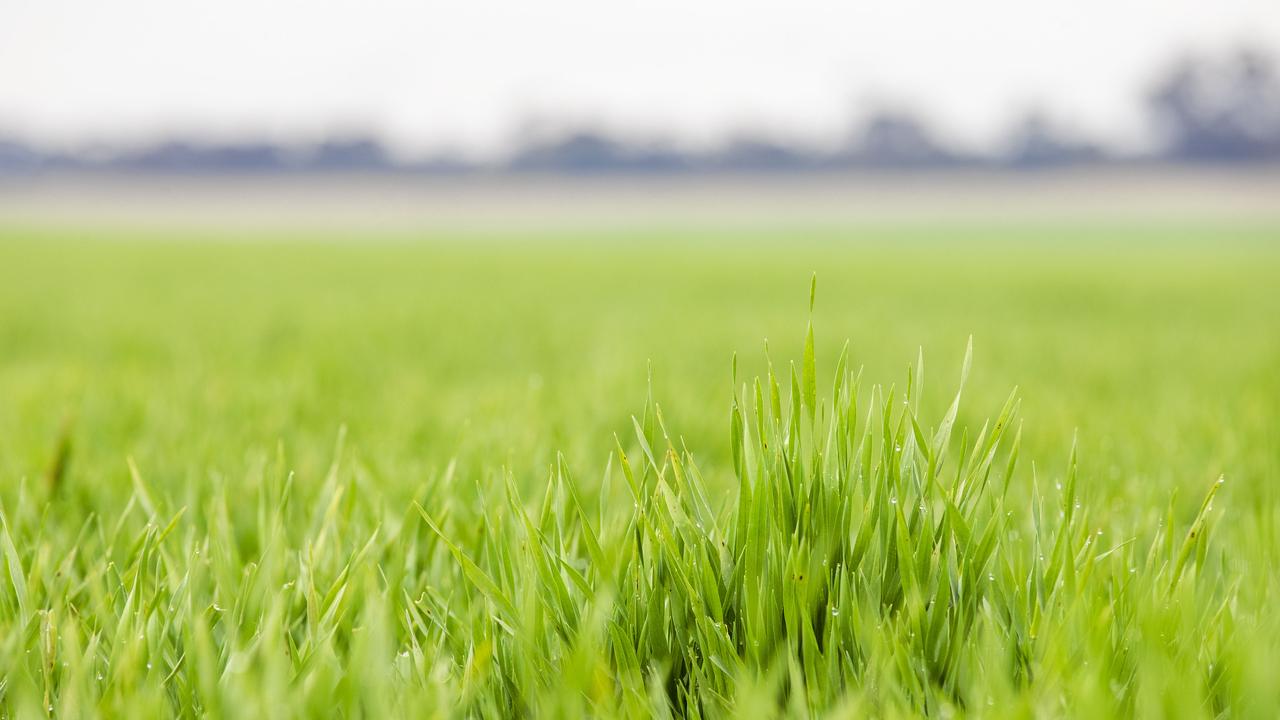Australia has a new climate, Australian Export Grains Innovation Centre research shows
EXCLUSIVE: AUSTRALIA has a new climate, according to research from the Australian Export Grains Innovation Centre.

JOIN THE CONVERSATION: Have your local rain seasons changed? Have your say in the form below
EXCLUSIVE: AUSTRALIA has a new climate, according to research from the Australian Export Grains Innovation Centre.
New analysis based on rain records since 2000 shows rainfall zones have moved — in some cases up to 400km.
The research applies six weather classifications across the nation and, significantly for Victorian croppers, alters the classification for parts of the Mallee, North Central and Riverina.
Once considered to experience winter rainfall, these regions — according to AEGIC — are now classified as uniform rainfall zones.
Uniform rainfall implies equally distributed rainfall over summer and winter seasons, but cropping in the southern region traditionally has relied on a winter rainfall pattern.
“Since 2000, there has been a general increase in summer rainfall across Australia, and corresponding decrease in winter rainfall, leading to shifts in rainfall zones extending hundreds of kilometres,” AEGIC meteorologist David Stephens said.

“Rainfall between May to October over much of the heavily populated regions of southern Australia has decreased 10-30 per cent, while summer rain has increased up to 40 per cent in some areas.
“This change in climate has major implications for farming systems as the profitability of different crop types changes, disease risk changes, and composition of rangeland grasses changes with stocking rates.”
The new research is in stark contrast to existing Bureau of Meteorology maps, which are based on rainfall figures from 1900 to 1999.
Victorian Government seasonal risk agronomist Dale Grey said he was not surprised classification for Victoria’s cropping areas had shifted.
“That would back up my gut feeling over the past 15 years,” Mr Grey said.
“Summer rain has been up, autumn and spring rainfall has been ordinary and winter rainfall back too — so that points to uniform rainfall. I would think that would almost apply across the whole of Victoria.”

Wimmera farmer David Jochinke said grain growers had adapted to a drier climate because spring rainfall was far less reliable than in the past.
“We have seen a change in farm practice, especially with summer (weed) spraying,” Mr Jochinke said.
“This is to store as much subsoil moisture as possible when we get the rain because our springs (seasons) are no longer reliable ... we need to make every drop count.”
Dr Stephens’ analysis used data from more than 8000 Bureau of Meteorology stations and found variability in annual rainfall had increased in inland Victoria, southern NSW and much of central Queensland.
The only region to experience an expanded winter rainfall zone is southeast Tasmania.


